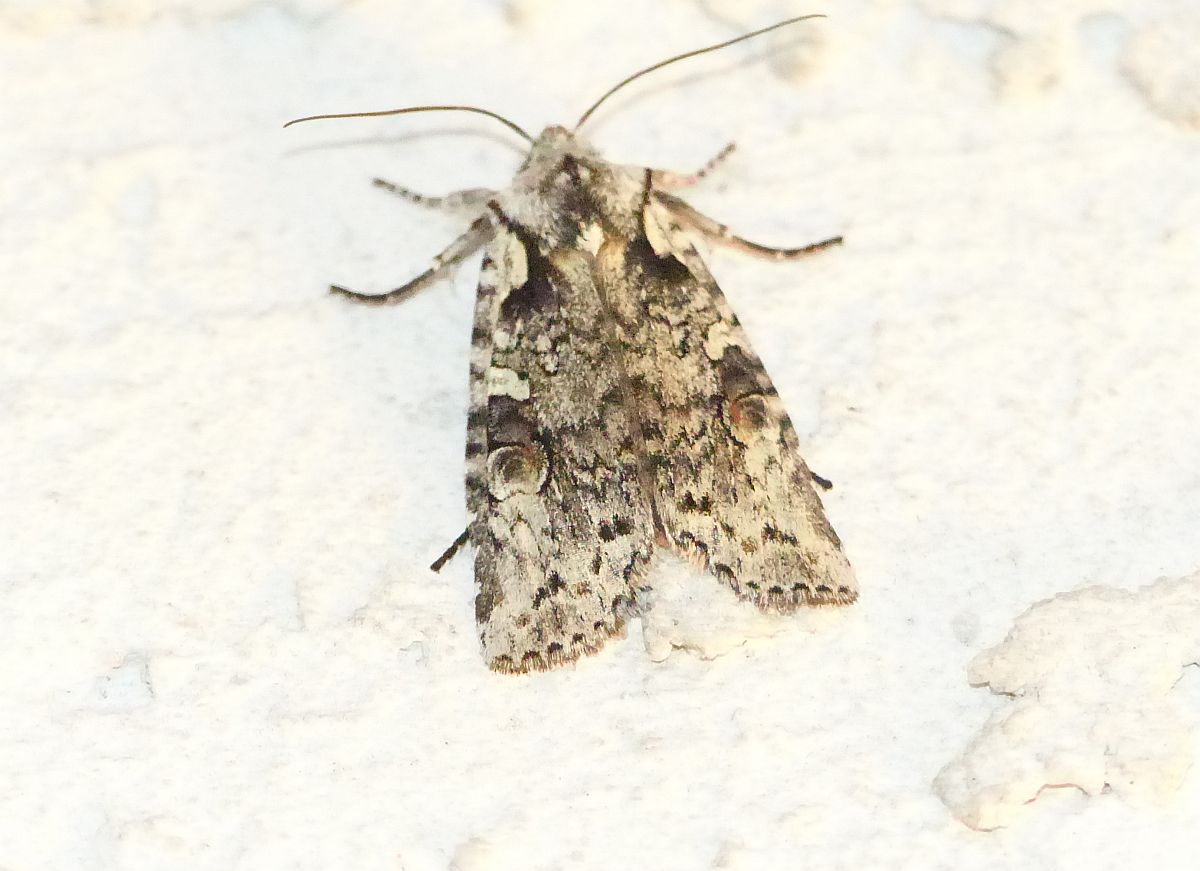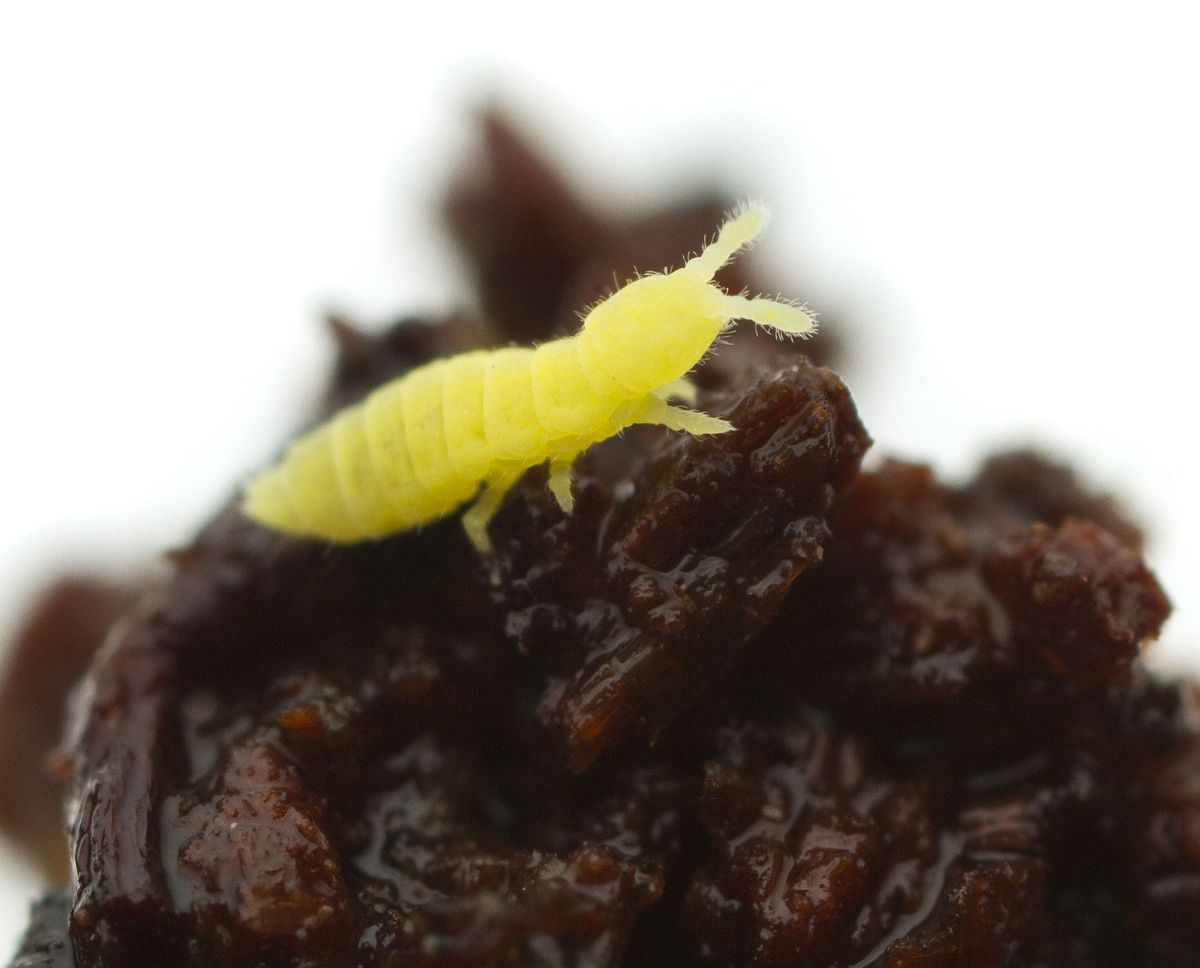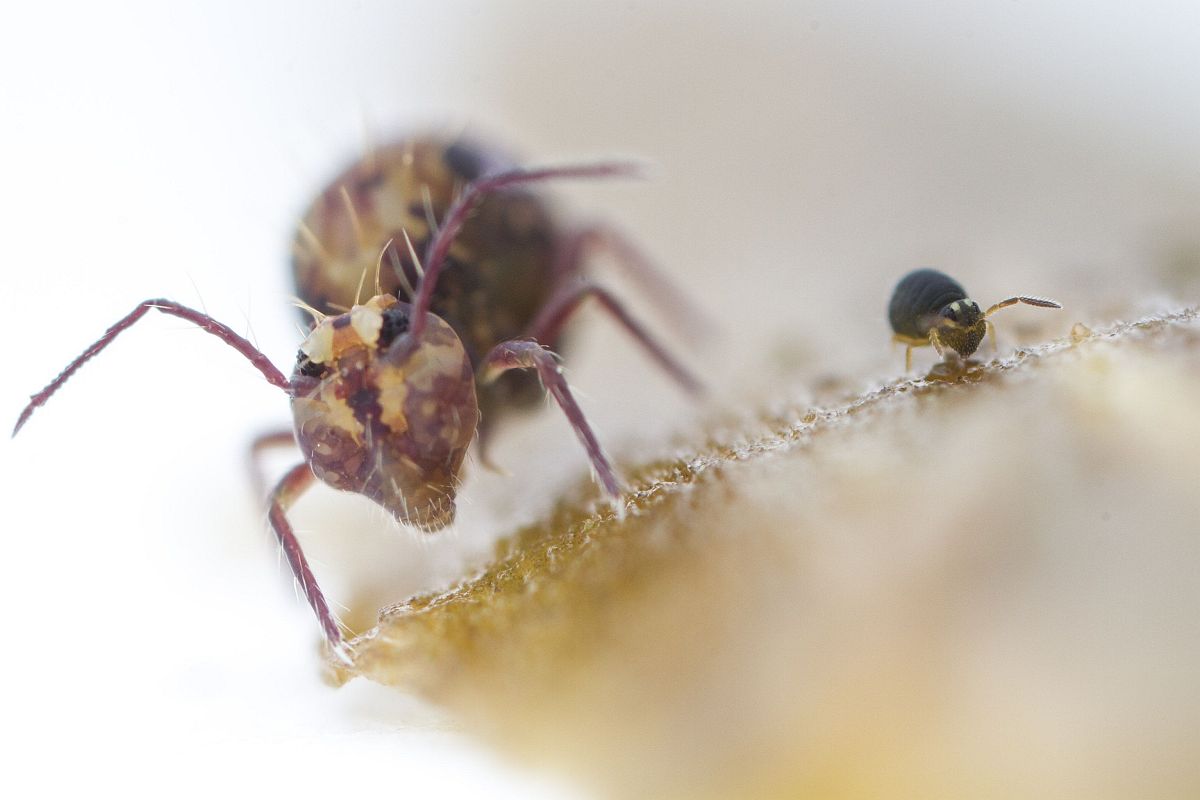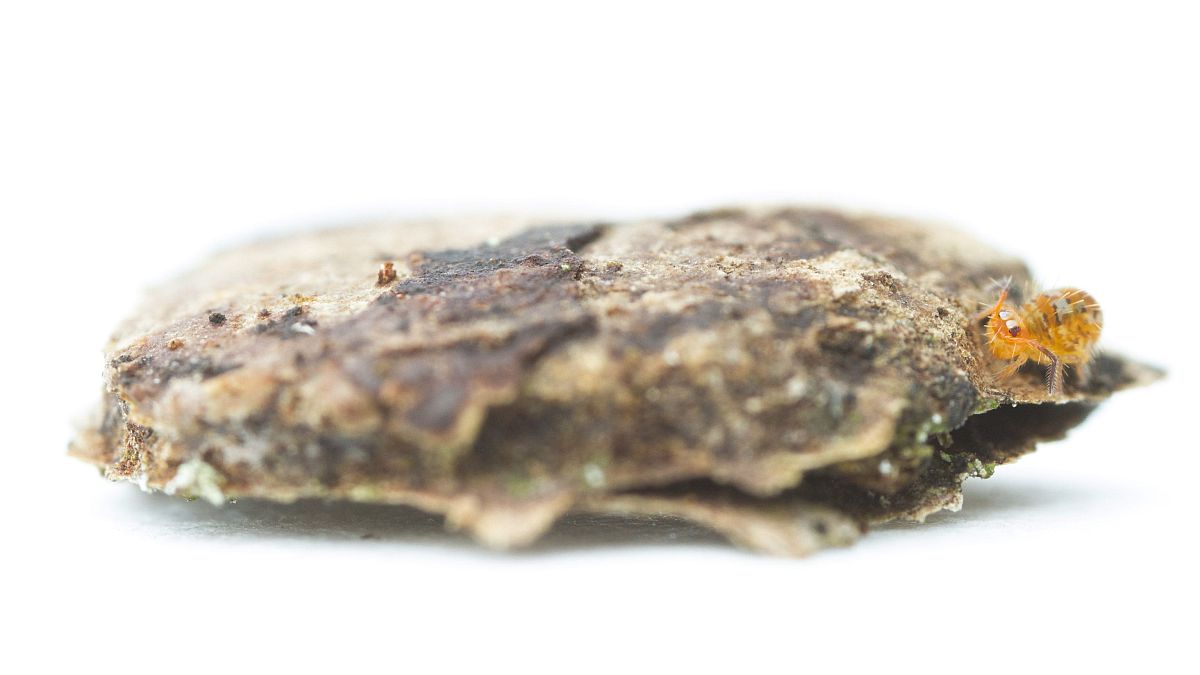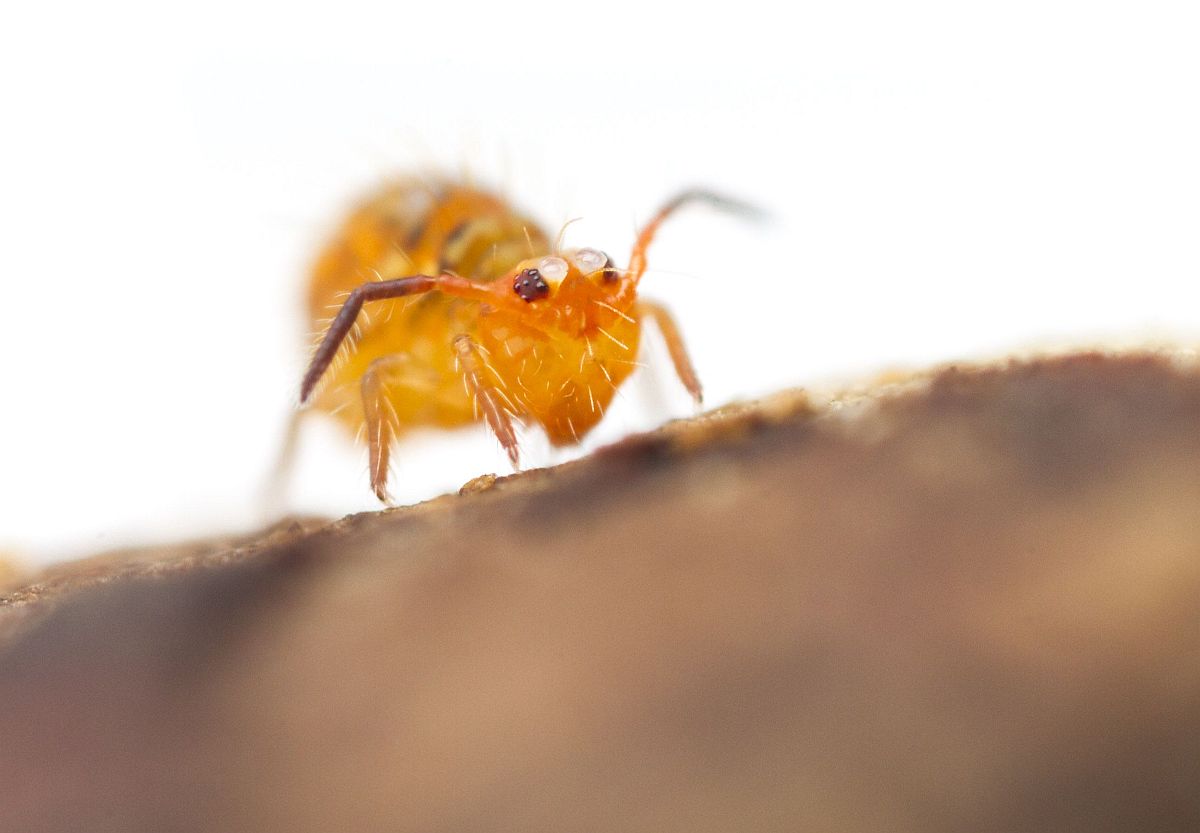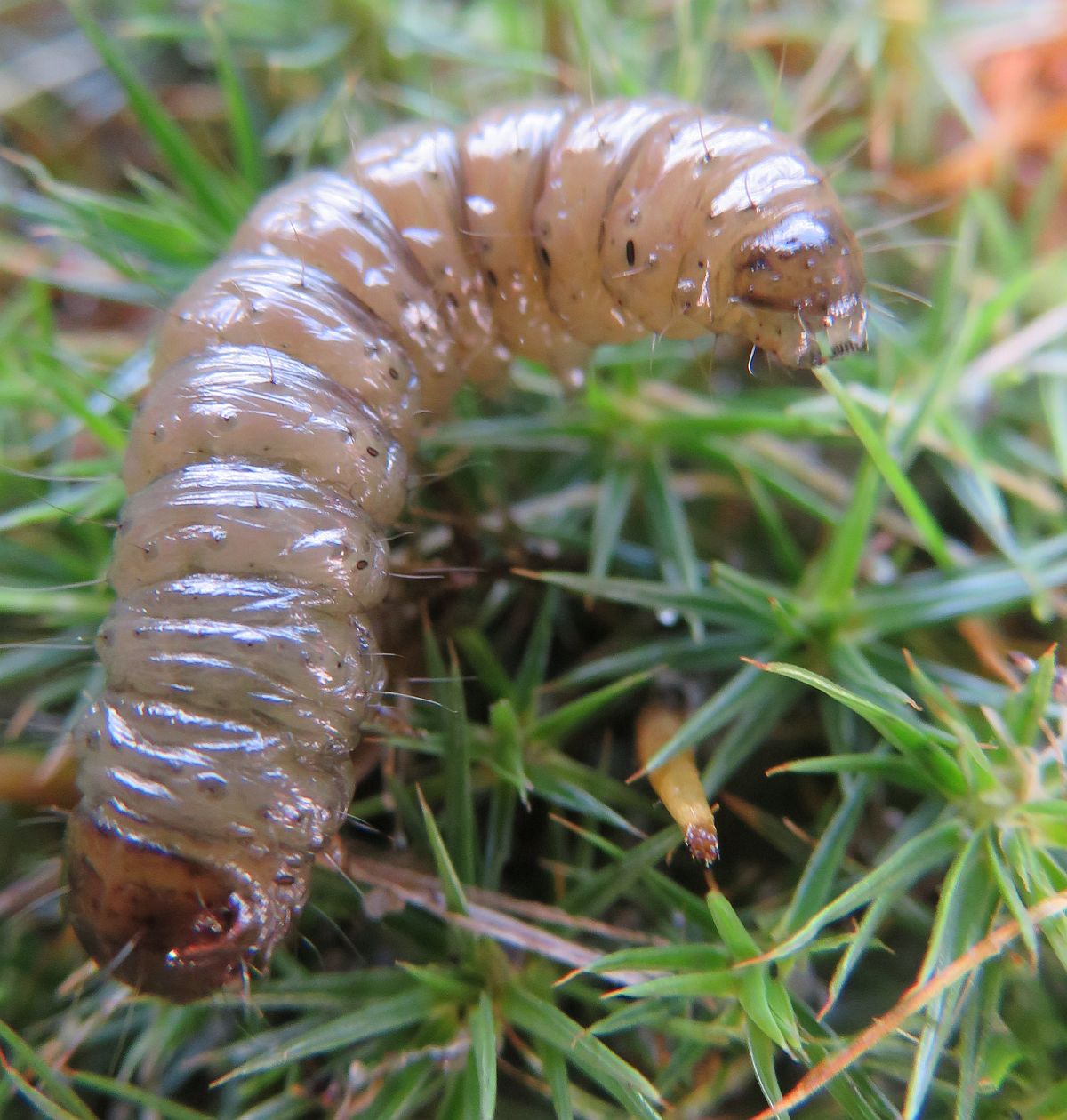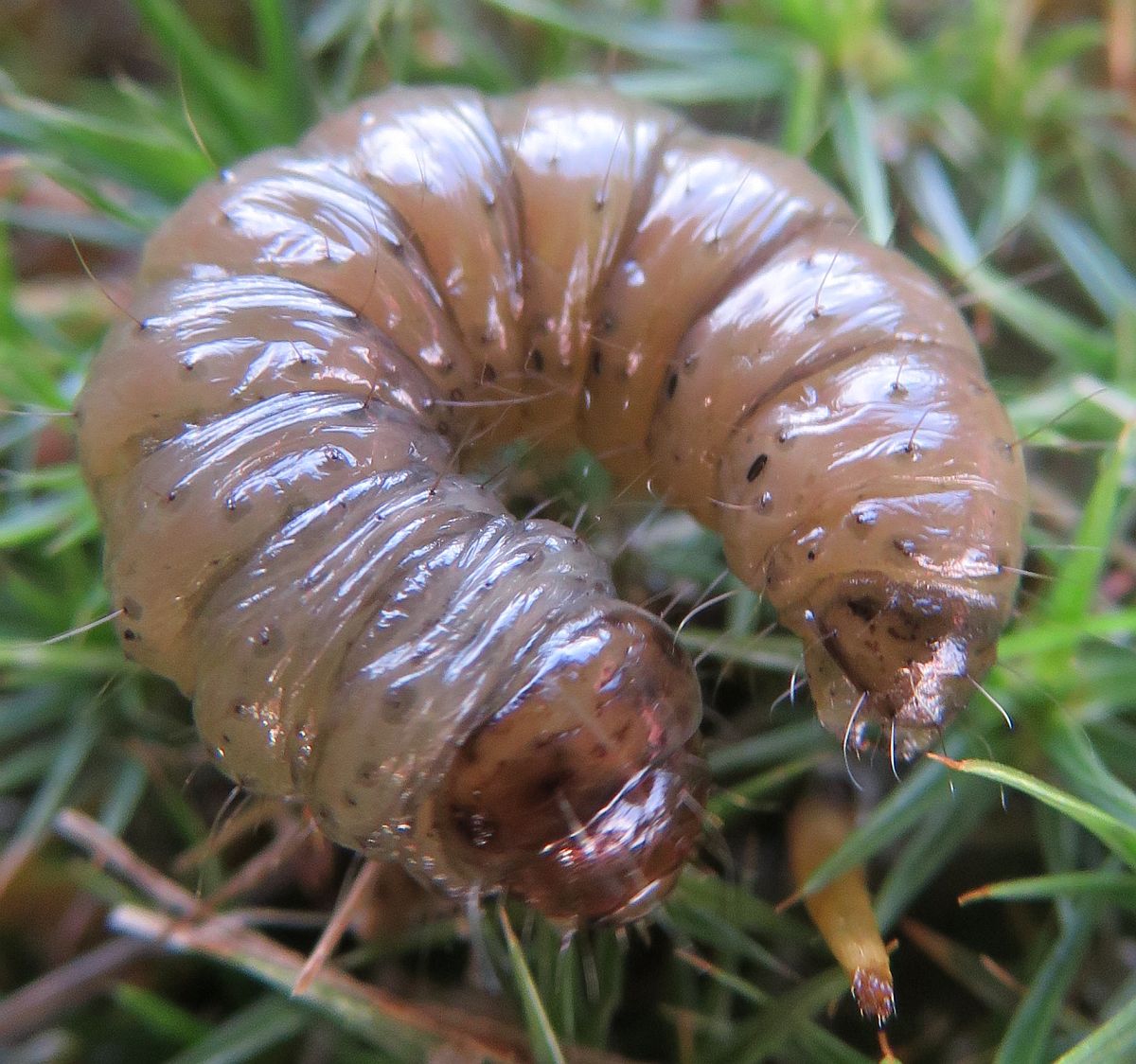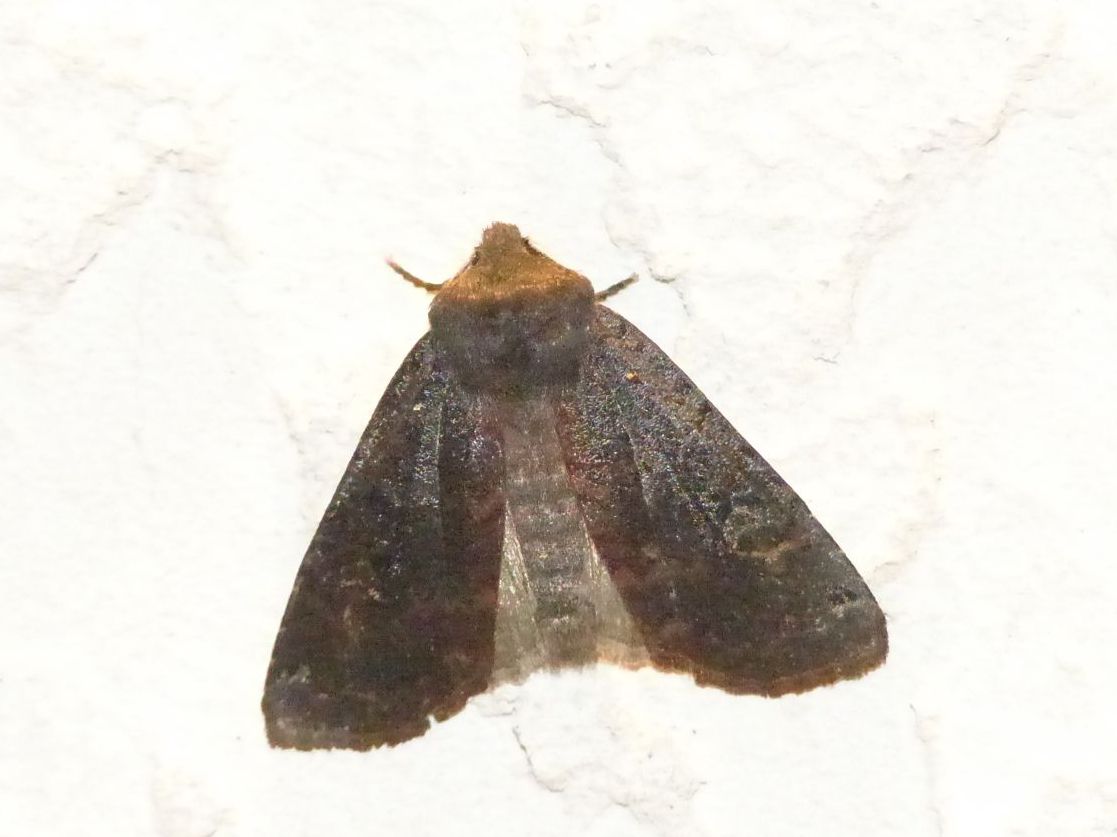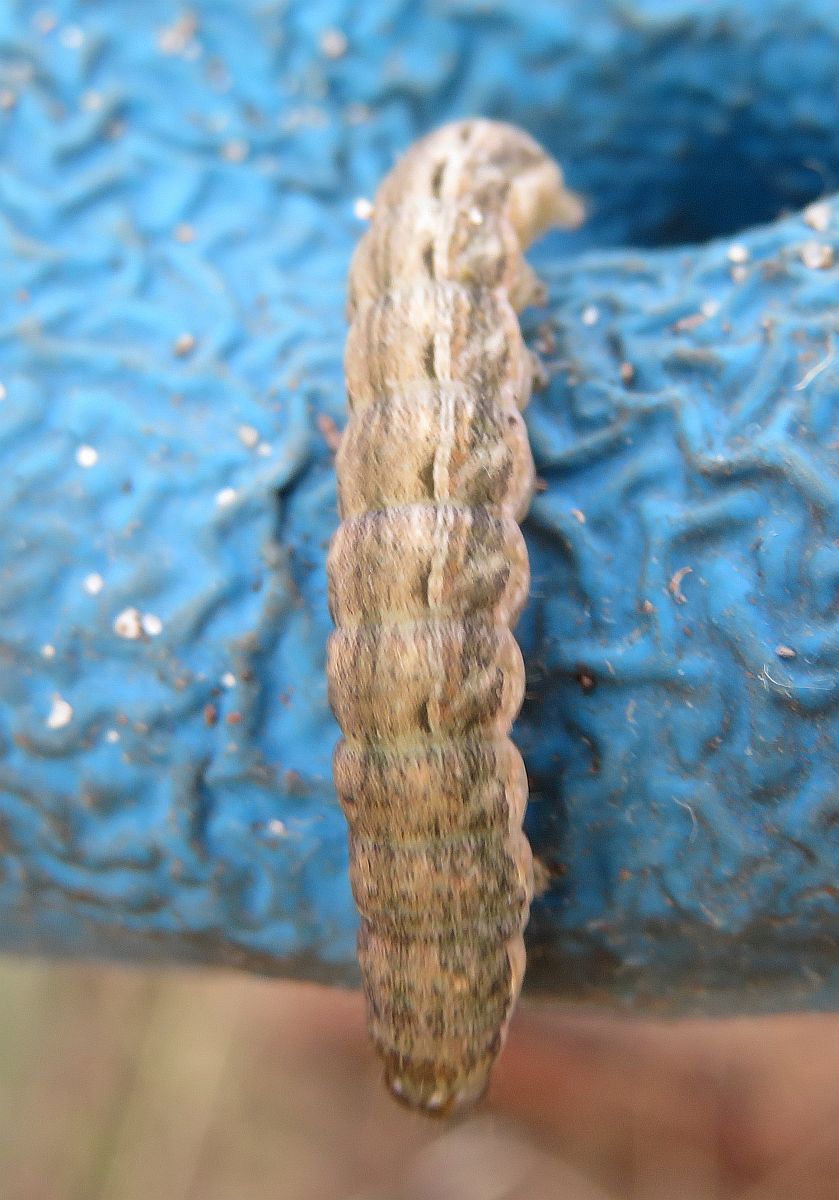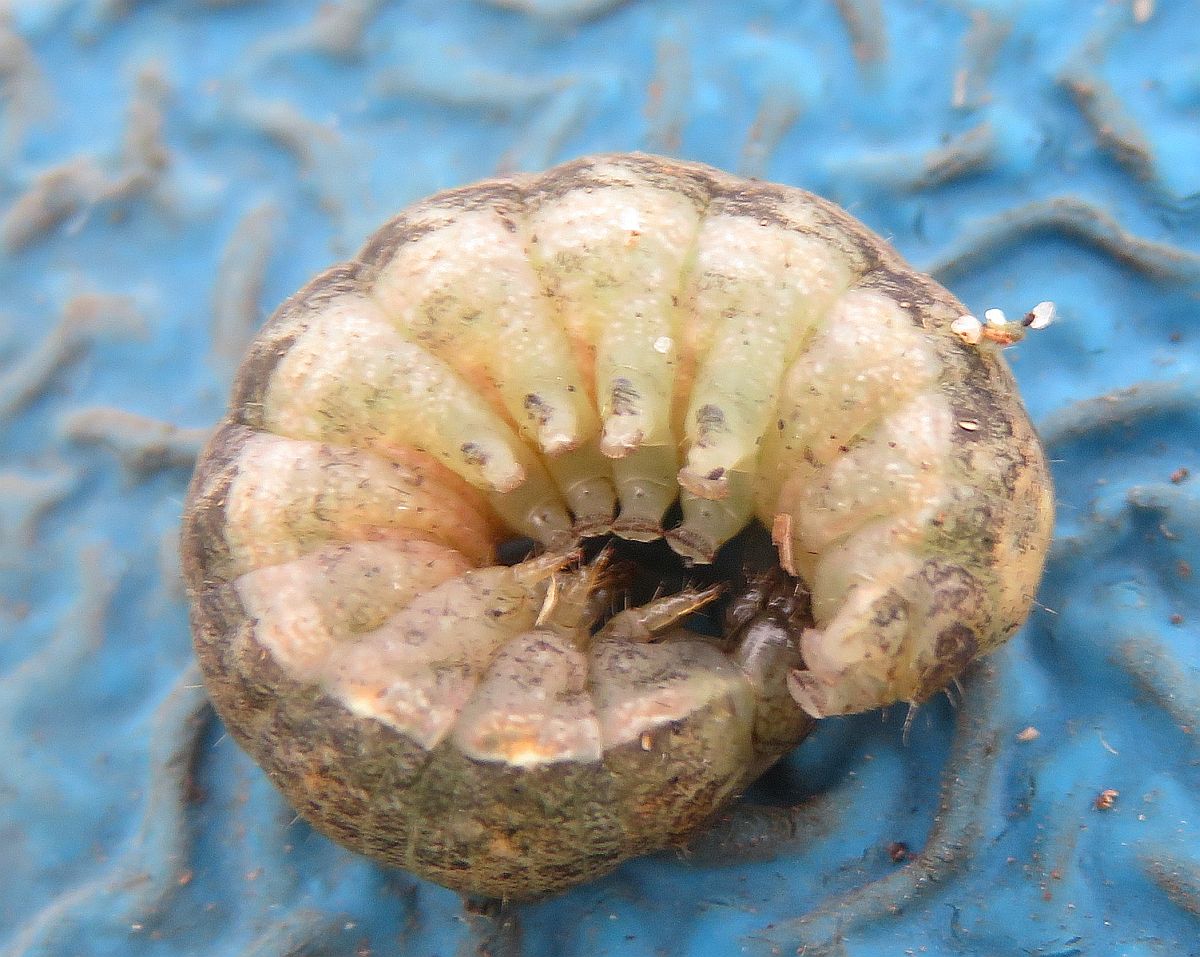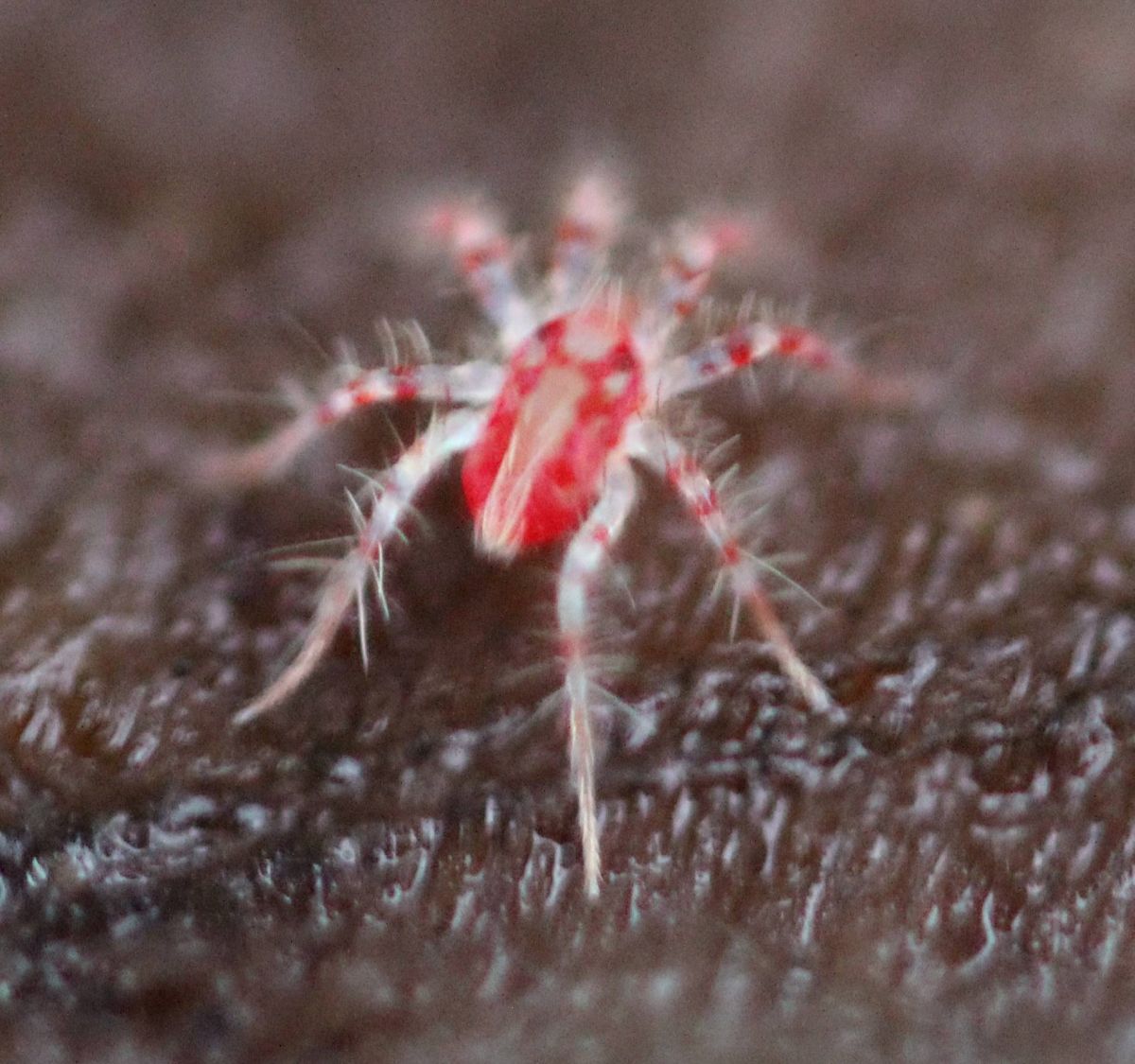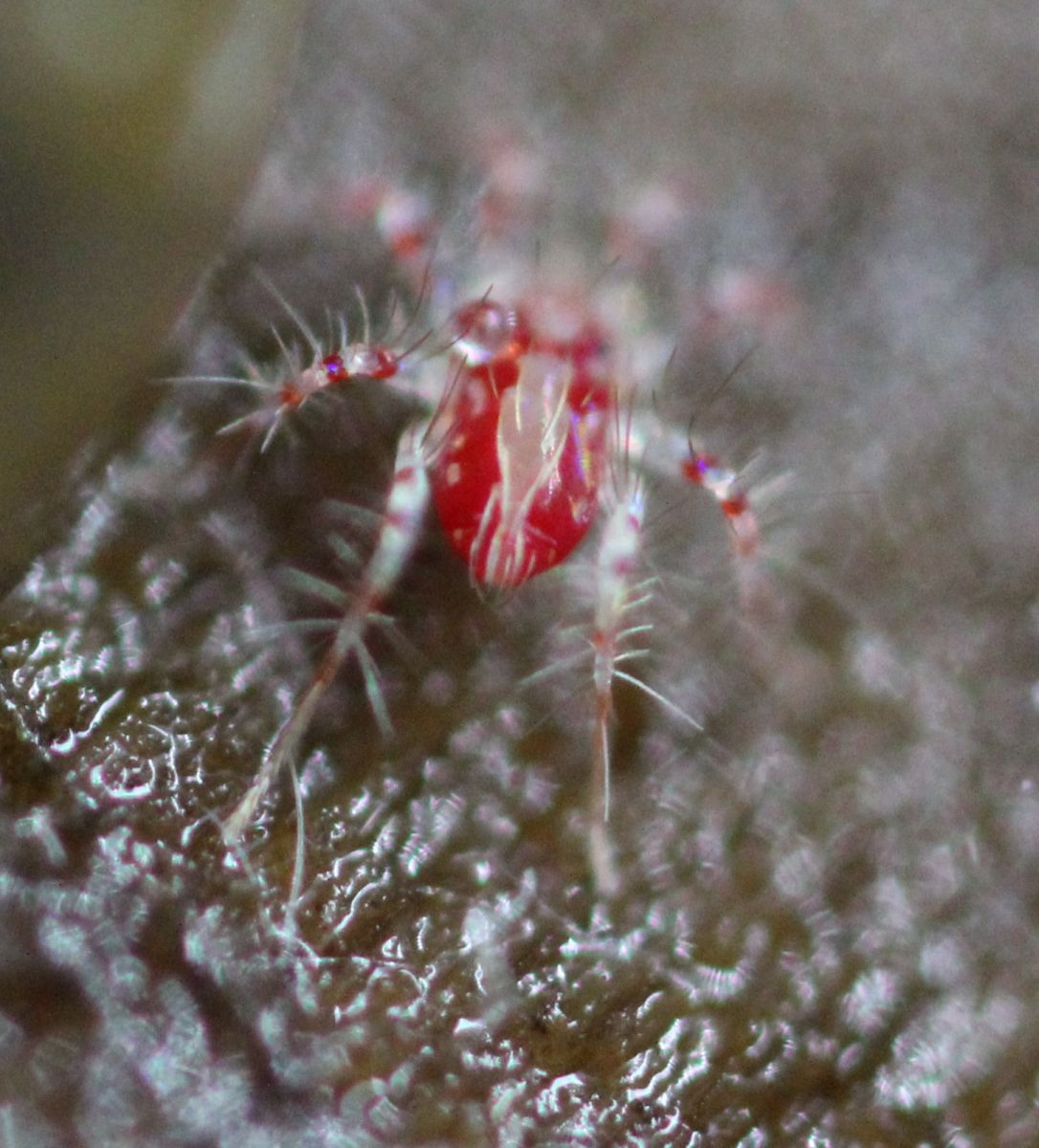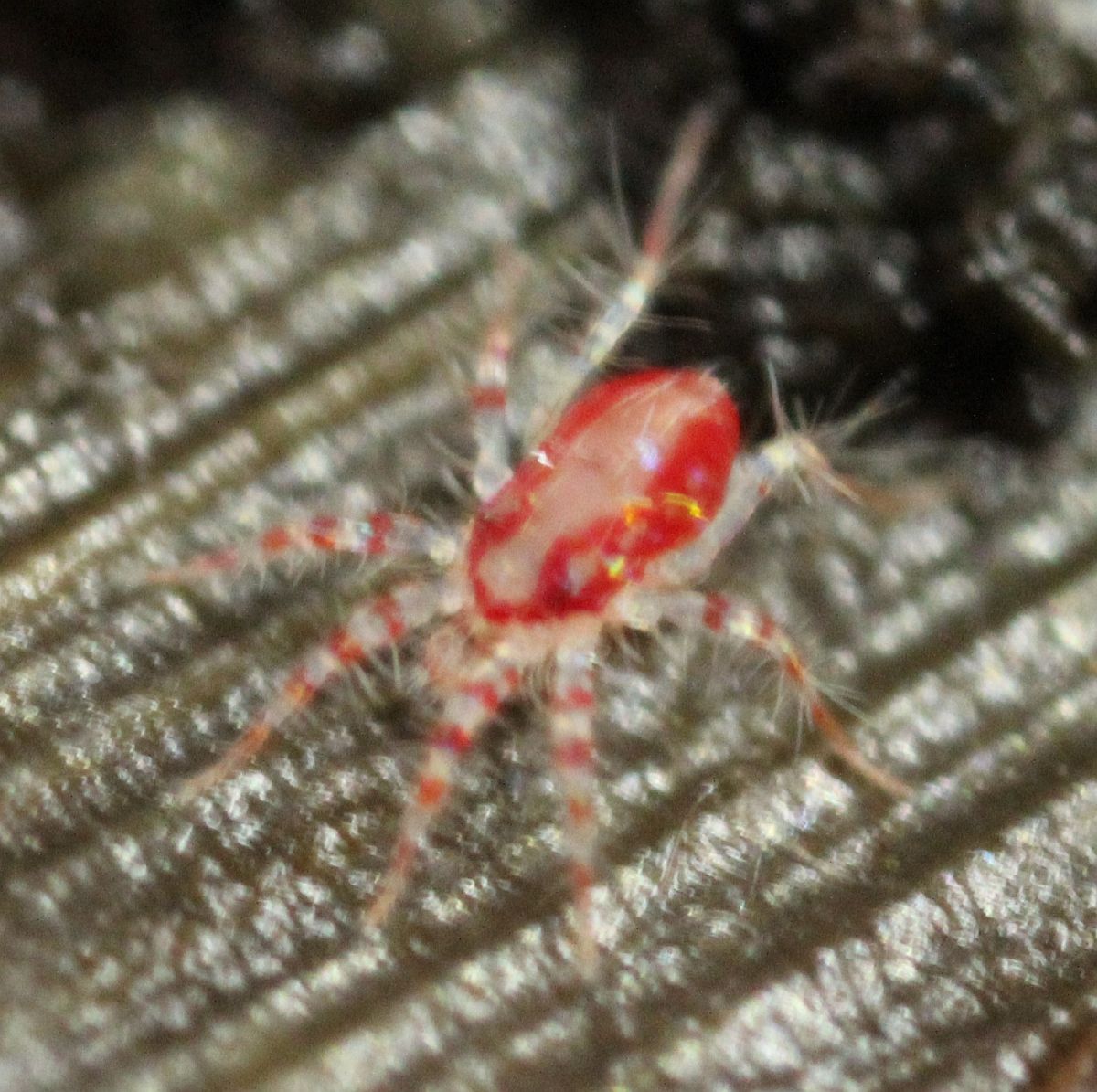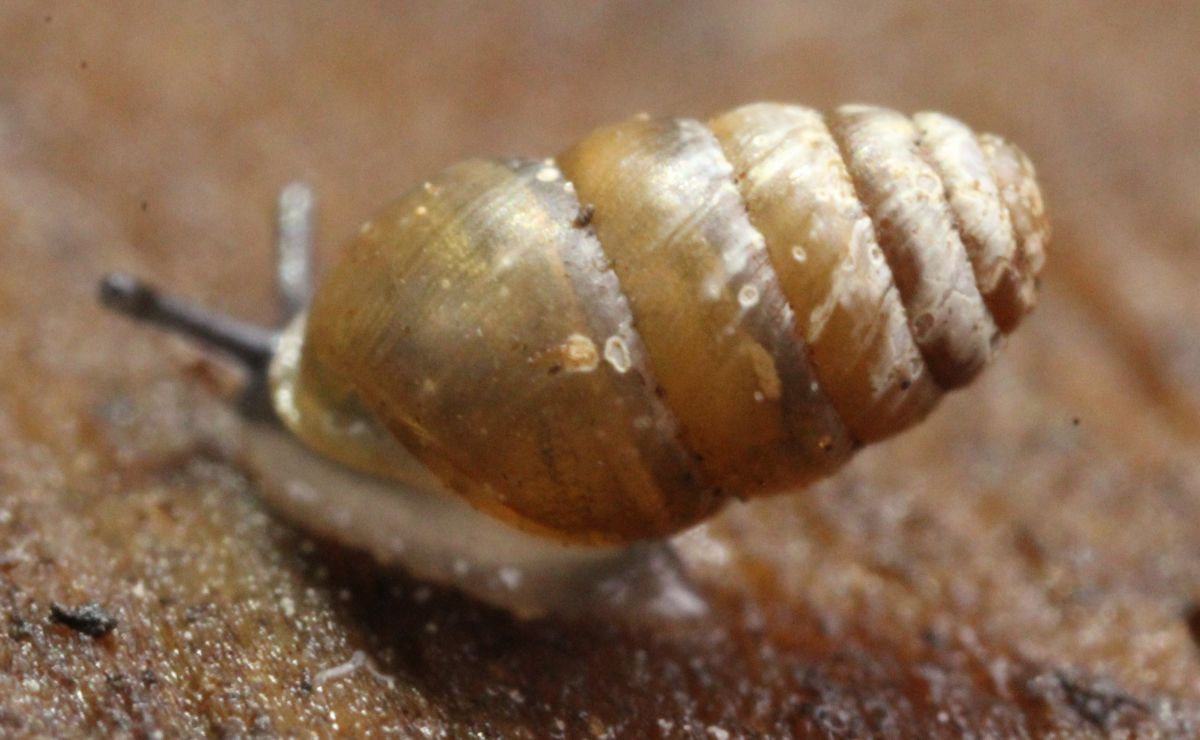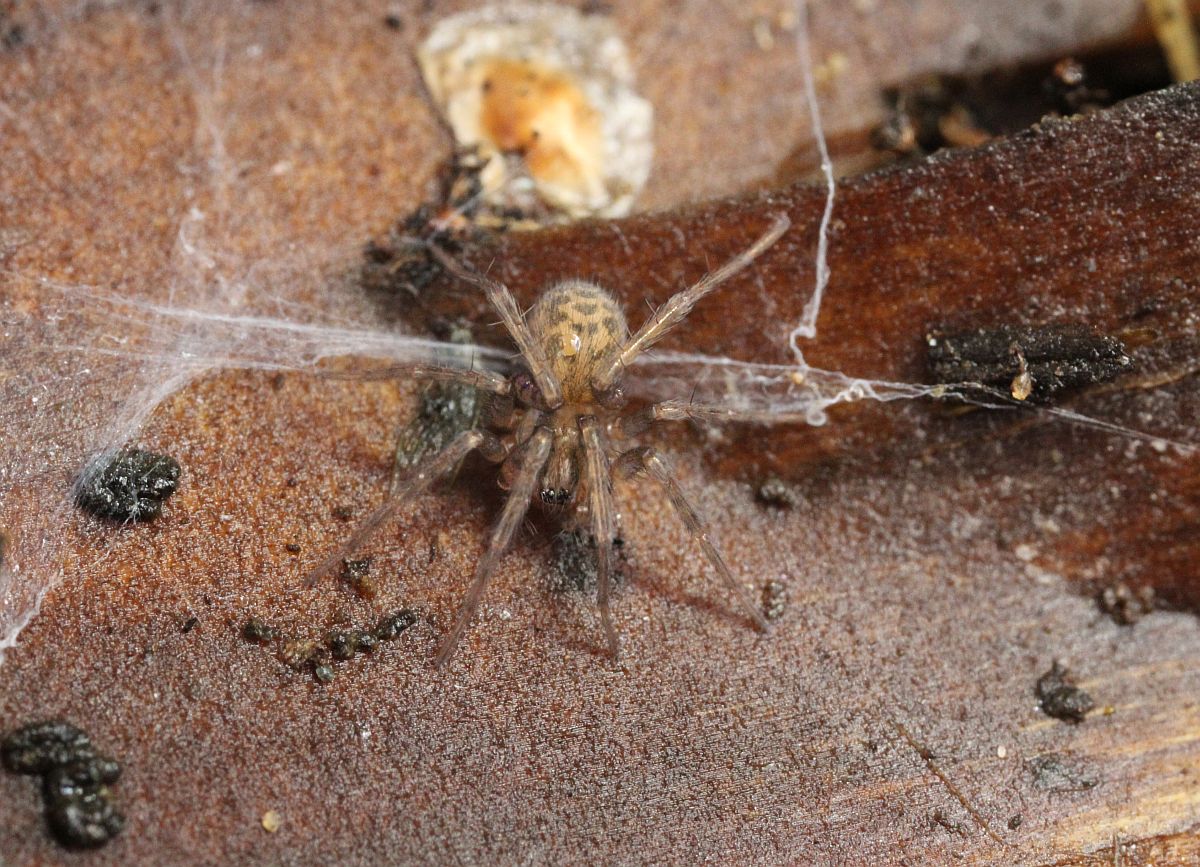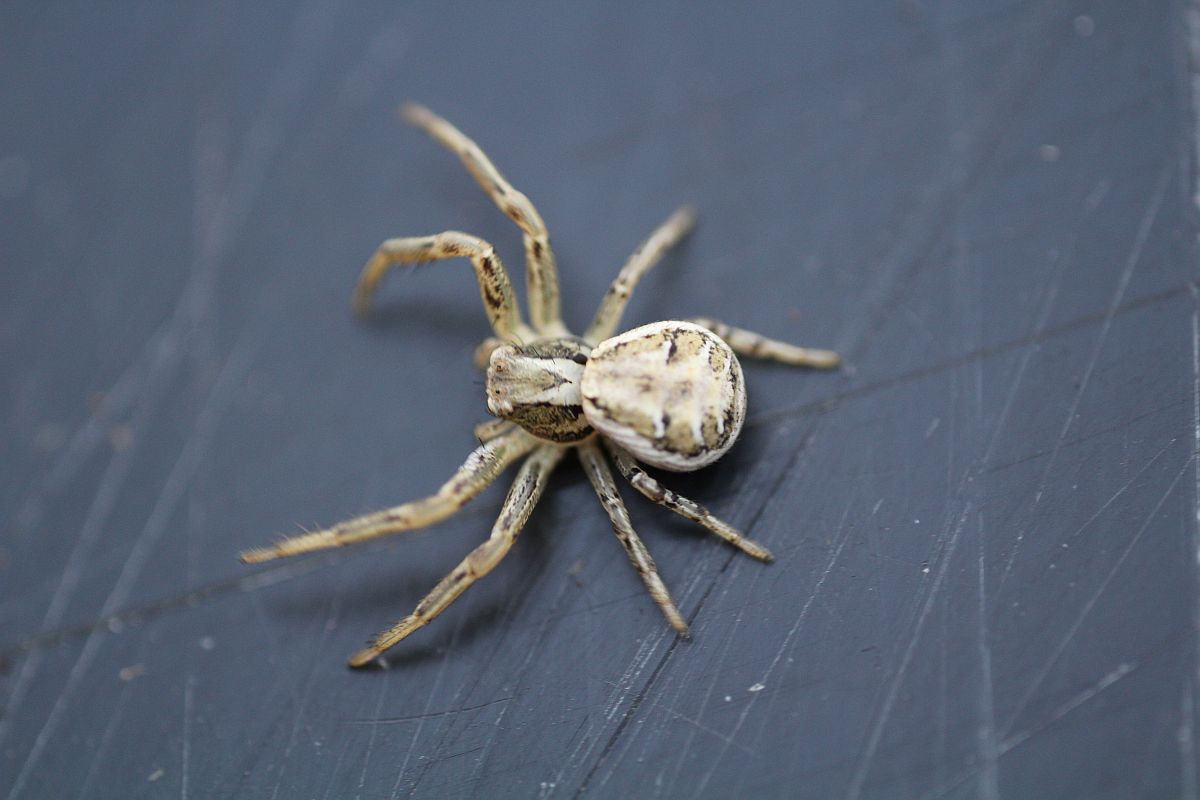2018 January 17
From time to time on this site we have had to debate and discuss the finer details of how to distinguish between the European Winter Moth Operophtera brumata and the native Bruce’s Winter Moth O. bruceata. Just when we thought we were mastering the topic, Bill Katz got a photograph at Goldstream Park recently of a third species of Operophtera - the much less common – and native – O. danbyi.

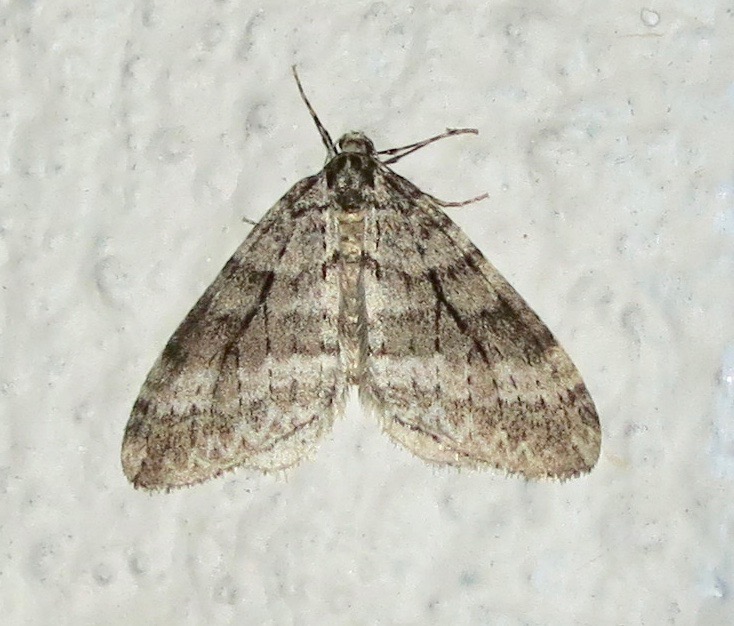
Danby’s Winter Moth Operophtera danbyi (Lep.: Geometridae) Bill Katz
Some of our skilled contributors have been contributing some photographs of very tiny mites and springtails recently. These each used to belong to single Orders: Acari for the mites and Collembola for the springtails. Both of these groups are now thought to have evolved from more than one ancestral group and are now split into several Orders. Dr Heather Proctor has been advising me on current mite taxonomy, so I’m going to try to find time (it may take me a little while) to relabel the Orders on the several mite photograph captions on this site, so there’ll be some unfamiliar Order names appearing. I shall try to continue with our present format of following each animal’s scientific name (genus and species) with Order and Family in parentheses. While I have usually abbreviated Order names to three-letter abbreviations, I’ll write the unfamiliar mite and springtail Orders in full.

